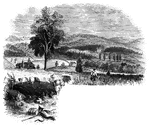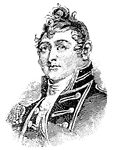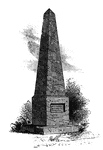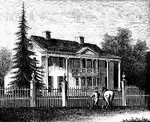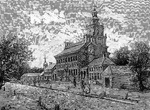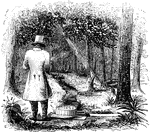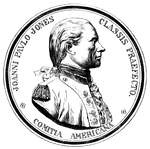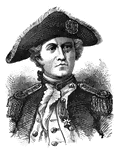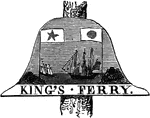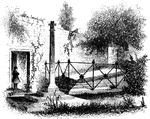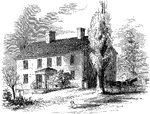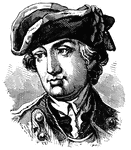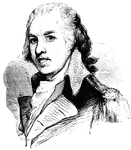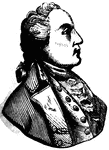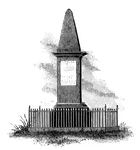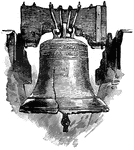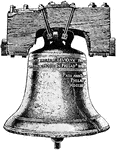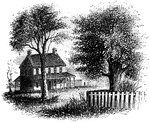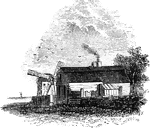
Hubbard's House and Mill
"Hubbard's House and Mill. The inscriptions upon the monument are as follows: East Side: "Oliver Hazard…
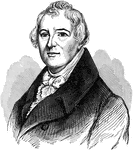
William Hull
William Hull (June 24, 1753 - November 29, 1825) was an American soldier and governor of Michigan Territory.
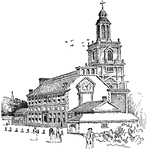
Independence Hall
The location where both the Declaration of Independence and the United States Constitution were debated…

Isle Aux Noix
Isle Aux Noix, in the Sorel. The sketch was made from the pilot's room of the steam-boat, about half…
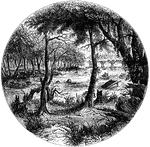
James River
"Scene on the James River, at Richmond. This view is from a long shaded island extending up the river…
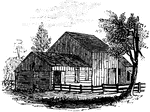
Jameson's Head-quarters
"Colonel Jameson's head-quarters. This is a view of the out-buildings of Mr. Sands, at North Castle,…

Jamestown Island
"Distant view of Jamestown Island. This view is from the north side of what was once a marsh, but now…
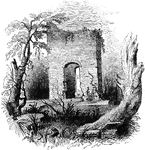
Jamestown Ruins
"Ruins at Jamestown. This view is from the old church-yard, looking toward James River, a glimpse of…

The Landing at Jamestown
"Down past the mouth of York River, where the French ships were blockading Cornwallis, into James River,…

Sergeant Jasper
An American soldier who recovered the South Carolina flag and temporarily restored it during a battle…
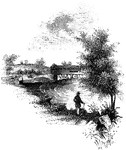
Jefferis' Ford
"View at Jefferis' Ford. This view is from the easterly bank of the Brandywine. The ford was at the…

Francis John, Marquis De Chastellux
(--) French major general that led troops for the American Revolution
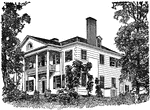
Jumel Mansion
The Jumel Mansion in New York City is a historic location which served as the headquarters for both…

King's Bridge
"View at King's Bridge. This view is from the southwest side of the stream, from near the tide-mill.…
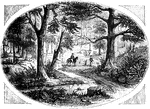
King's Mountain Battle-Ground
"View at King's Mountain battle-ground. This view is from the foot of the hill, whereon the hottest…
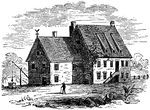
Jacobus Kip's House
"Mr. Jacobus Kip lived in an old-fashioned Dutch house, built of bricks make in Holland and brought…
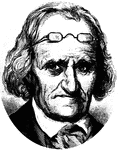
Usual Knapp
(1759--) Soldier for the Revolutionary War. He was afterwards chosen a member of the Commander-in-chiefs…
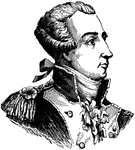
Marquis de Lafayette
The Marquis de Lafayette, a French citizen who fought on the side of the Americans during the American…

Lafayette
A French military officer who led the Garde Nationale during the French Revolution, as well as fought…
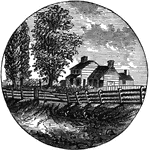
Lafayette's Headquarters Near Chadd's Ford
This is the place near Chadd's Ford where Lafayette took post and occupied his headquarters.
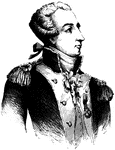
Marquis de Lafayette
(1757-1834) French statesman, soldier and general who helped with the American revolutionary forces.
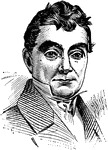
Marquis of Lafayette
A French military officer who served as a general in the American Revolutionary War, as well as the…
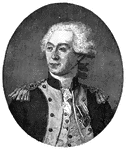
Marquis de Lafeyette
"Marquis de Lafayette, Frenchman who fought during the American Revolution."—E. Benjamin Andrews,…

Lee Medal Back
"Medal awarded to Lee. On the twenty second of September, Congress honored Lee with a vote of thanks,…
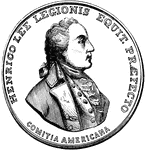
Lee Medal Front
"Medal awarded to Lee. On the twenty second of September, Congress honored Lee with a vote of thanks,…

General Charles Lee
"General Charles Lee, an American general in the American Revolution."—E. Benjamin Andrews, 1895
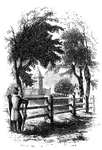
Lexington Monument
"Monument at Lexington. This view is from the Concord Road, looking eastward, and shows a portion of…

Skirmish at Lexington
"Skirmish at Lexington. The largest building in the picture is the meeting-house, and the officer on…
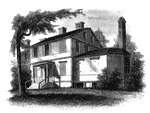
Liberty Hall
Liberty Hall. Some time after the death of Governor Livingston this property was purchased by Lord Blingbroke,…

Liberty Tree
"Liberty Tree. I am indebted to the Hon. David Sears, of Boston, for this sketch of the 'Liberty Tree,'…
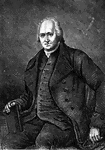
General Lincoln
"General Lincoln, American general from the Southern Campaign during the American Revolution."—E.…

Little Falls
View at Little Falls. This view was taken from the rail-road near the village, looking down the river.…
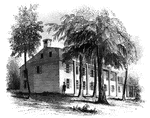
Livingston Mansion
The Livingston Mansion. Colonel Livingston died June 9th, 1849. Although living in the retirement of…
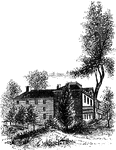
Livingston Mansion
"The Livingston Mansion. This is a view from the lawn on the north side. It is embowerd in trees and…
